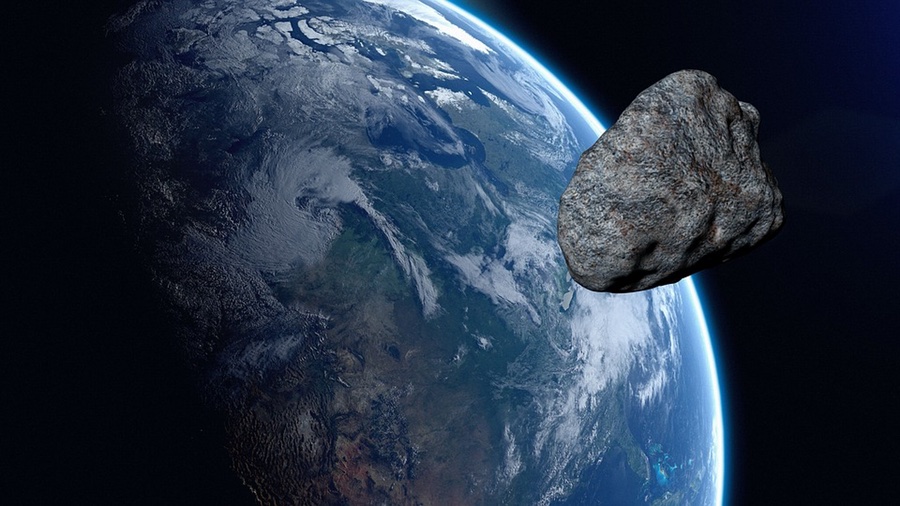When it comes to extraterrestrial threats, you can never be too careful, and NASA and FEMA aren’t taking any chances.
The two agencies, together with some international groups, are holding a practice run of what would ensue in case an asteroid, comet or other near-Earth objects (NEO) came hurtling toward the planet.
This type of natural disaster is not very likely to happen, but would be catastrophic in the rare chance that it actually does, NASA said in June 2018.
The two US agencies are partnering with international groups such as NASA’s Planetary Defense Coordination Office (PDCO), the European Space Agency’s Space Situational Awareness-NEO Segment and the International Asteroid Warning Network (IAWN).
NASA prepares for ‘Armageddon’ that will act out what would happen if a giant asteroid was hurtling towards Earth https://t.co/zOt6kCyXjB
— Daily Mail US (@DailyMail) April 26, 2019
This Is a Drill
The drill will occur next week at the annual Planetary Defense Conference, where scientists from across the globe gather to discuss “threatening objects” to Earth. Specifically, they will participate in a fictional scenario in which an asteroid has an impact trajectory with the Earth.
NASA Jet Propulsion Laboratory’s Center for NEO Studies (CNEOS) developed the fictional premise.
Visualization of *FICTIONAL* Asteroid 2019 PDC closest approach 2027(for Planetary Defense Conference 2019) . Geocentric: https://t.co/CS8EQ6rG8z Heliocentric: https://t.co/sfaQMDv4kI #FICTIONALEVENT #planetarydefense pic.twitter.com/NQDOecC4eI
— isana (@lizard_isana) April 26, 2019
This is the picture they’ve painted: It’s March 26. Astronomers discovered a NEO that is potentially hazardous to Earth. After tracking an asteroid that they dubbed 2019 PDC for months, they determined that it poses a 1 in 100 chance of impact with Earth in 2027. (Scientists have established these odds as the threshold for action.) What will the emergency management officials and scientists do?
“These exercises have really helped us in the planetary defense community to understand what our colleagues on the disaster management side need to know,” NASA’s Planetary Defense Officer Lindley Johnson said in a statement. “This exercise will help us develop more effective communications with each other and with our governments.”

Preparation is key
Scenario exercises are one way @NASA prepares for near-Earth objects (like asteroids ☄️) that could potentially pose a threat to our planet. Read about the practice run set for the upcoming Planetary Defense Conference: https://t.co/tU1cbQKphb pic.twitter.com/8l7LiubMOs
— NASA JPL (@NASAJPL) April 24, 2019
Practice Makes Perfect
NASA has participated in six similar NEO impact exercises to date. And as NASA continues to research more exact possible impact locations and effects, as well as orbital motion patterns, they will be able to reveal more accurate predictions in case a real threat arises.
In December, NASA’s OSIRIS-REx mission finally made it to the asteroid Bennu.
It will spend two years studying Bennu. By studying the near-Earth asteroid, scientists are hoping to glimpse more information about asteroids that could impact Earth as well as how planets formed and life began.
![]()

